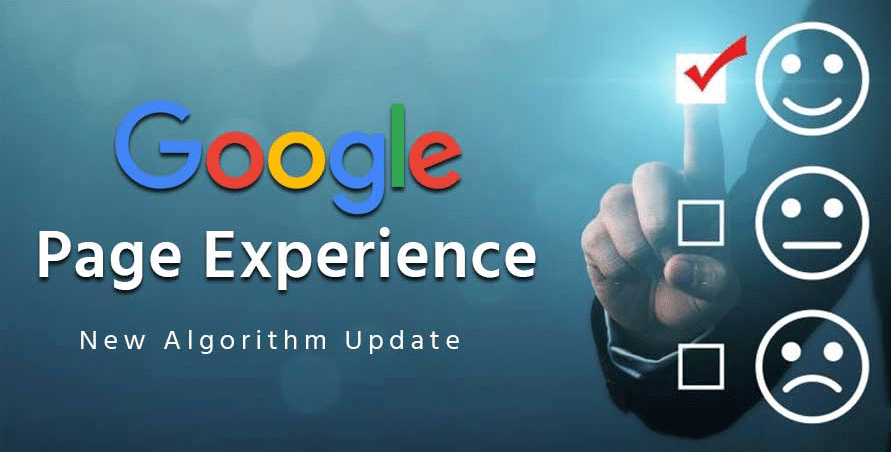When you perform a search on Google, the order by which the results are displayed is based on complex algorithms that require constant supervision and tweaking. Companies and organizations with large search engine optimization (SEO) budgets and resources have the highest likelihood of being in the results’ important first five listings.
However, earlier this year, Google announced it would be modifying its algorithm, and this is good news for everyone. Dubbed “Page Experience,” this new enhanced measure would, Google stated, “provide a holistic picture of the quality of a user’s experience on a web page,” using a set of metrics known as core web vitals, along with other measures of user experience.
While that may sound complex or jargony, what it really means is if you love a site and everyone else loves that same site, Google will want to make sure that the site ranks high. On the flip side, if everyone feels a website has a terrible user experience, then Google won’t rank that website as high in the long run. Thus Google is moving from popularity to best fit, giving everyone a chance to rise in the ranks without the major marketing budget.
So, what does that mean for SEO?

Search engines like Google serve millions of users per day looking for answers to their questions (education), for solutions to their problems (supports and services), and ways to support the causes that matter most to them (information). These are considered “warm leads” as someone is actively seeking you out or your product or service.
SEO is a tool that can increase your website’s visibility in these search engines and drive targeted traffic to your products and services. It’s an important tool to use for good reason: Seventy percent of search engine users choose from those aforementioned top five listings. Only in dire situations will they scroll to the bottom of page 1 (with very few making their way to page 2 or beyond).
You might also be surprised to learn that users trust search engines to provide reputable listings. So having a presence in the top positions for the keywords the user is searching for, increases the the user’s trust in the website. To take advantage of this trust and gain visitors to your website (for a chance to convert them to supporters), your website needs to appear in one of the top positions.
Thus, following good SEO practices remains a critical part of your marketing toolkit, particularly in developing a quality user experience.
That’s because SEO also serves two lesser-known but equally important purposes:
- To help you understand what users are searching for online so that you can create high-quality content and user-friendly navigation to address their needs — thus leading to happier (and repeat) users.
- To help guide the content development of your website so that search engines can find, index, and understand your content, and be able to serve it up as an option to prospects.
Now, let’s talk about how to approach Google Page Experience.
Getting Ready for Google Page Experience

So, what do you as marketers need to do to prepare between now and May?
Focus on your user experience — it will become even more important than it already is. Partner with your digital or IT teams and your content providers to ensure that you have a strategy to collaboratively address user experience.
Between now and May invest in the following four things:
A user experience audit of your site performance.
Conduct a content and usability audit to ensure that your websites are delivering on their SEO promise.
Implement any optimizations based on the outcomes of your audit and continue to monitor performance to ensure you are ready for the May launch.
Competitive market research.
In this new frontier, the sites with the best experience win so it is important to be aware of what your competition is doing. They will be investing in the same optimizations to improve their rankings.
Educating stakeholders and content teams.
While SEO traditionally sits with the marketing team, your website development may sit within your digital or IT teams. And program and product owners often contribute content. Unite all of your key stakeholders to ensure you are aligned on what needs to be done and maintained to ensure you achieve, and keep—top positioning.
As in the real world, in the digital space you only get one chance to make a first impression, but thanks to Google, you will now have months of lead-time to perfect yours — so don’t miss out!
Loved hearing from Sue and wondering how she and the Charity Dynamics team can help you improve your Google Page Experience?


